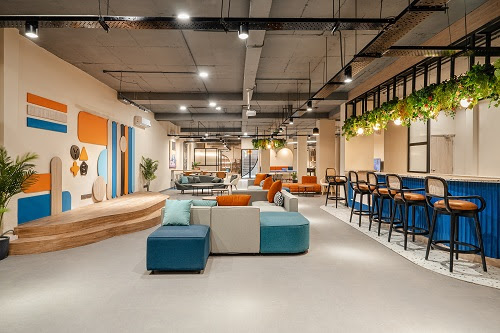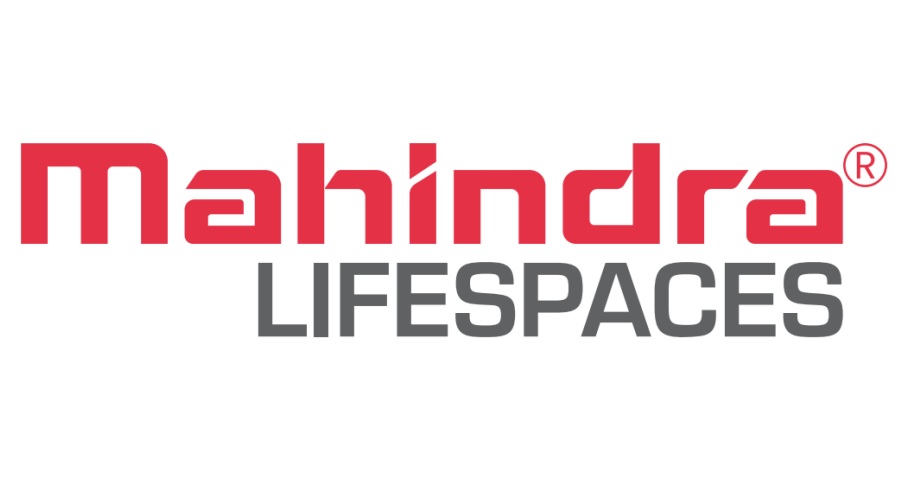By Apurva Gupta, Chief Marketing Officer, Rivali Park CCI Project
We as humans love to celebrate the festivities with much enthusiasm. For millennia, we have marked our world with age-old rituals and customs, seasonal celebrations and cherished festivals. These perpetual traditions have passed through the generations, surfacing to replicate the contemporary era. The Indians households tend to encompass a profound significance of festivities deep in our hearts and there is a certain emotional novelty attached to the same. In our country, festivals are considered as one of the most auspicious occasions and fortunate time to start investing in something new and good. Purchasing a new home is considered to be an investment of a lifetime for the Indian community. Since our country is majorly dominated and rooted by cultures, traditions, spiritual and religious sentiments, all these factors have a great impact on the buyer’s property-buying decision. Festivals are considered to be propitiously substantial when you plan to buy a property, especially in Indian society.
While festivals do offer a special booster to the Indian property domain by getting the end-users a step closer to procuring their dream home, the celebrations do come attached with ecological baggage. It is an unavoidable fact that climate modifications are speedily occurring owing to global warming and man-made activities. One of the grave bearings of climate fluctuation is air getting warmer by each passing day. High carbon-dioxide levels generated due to the amplified consumption of energy are pre-occupied by oceans thus extinguishing sea life. Alongside the building and construction industry accounts for the second-largest amount of construction waste and about forty percent of emission of greenhouse gases. Further contributing to aggravate this environmental turmoil, festivals in our country are responsible for impacting the ecological health by accounting for biological degradation in the form of household waste like mountains of food waste, plastic bags, packaging, discarded and dried flower waste and wrapping papers which tend to increase by more than twenty-five percent. It has been found that tons of trash going into landfills during the celebration time, thus impacting the environment to a great extent.
Taking cues from this, a trend that is fast catching attention in the realm of the property domain is the inclination of the buyers, investors and the millennial community towards celebrating the upcoming festive season by investing in green real estate without costing the earth. In order to do their bit in saving the environment, alongside enabling buyers to enjoy the festive fervour, some real estate developers are offering maintainable homes encompassed with features like vertical gardens, solar panels, energy-saving appliances, natural ventilation, LED light fixtures, waste management and rain water harvesting to name a few. These homes are designed to enable buyers to rejoice the festive buzz by limiting the grave impact caused on the environment. The concept of environment-friendly constructions was originally limited to condensing the ecological impact of buildings by refining features like energy efficiency and waste management. But with the current pandemic having absolutely moved up aspects like physical and mental health to the buyer’s priority list, real estate developers and builders have been making efforts to move beyond environmental goals to offer residents with amenities that also encourage health and foster efficiency. In modern-day buildings, the wellness factor seems to have become the new sustainability. In current times, the dynamics of the environment coupled with lifestyle aspects like human health and well-being are the driving forces leading to innovation in the domain of construction and building management. As per various studies conducted, it has been researched that living in an ecologically viable building positively impacts not just the environment but also the inhabitant’s health, wellness and productivity.
Below mentioned are ways by which green homes have progressively expanded from an emphasis on merely plummeting the generated wastage while rejoicing the sentiments of festivals to a more holistic approach:
Greening the home with sustainable features: With the urbanizing world, city dwellers have gradually cut off themselves from nature. During the time of pandemic phase, we have spent our times indoor yet what we tend to inhale inside our homes is on average 2 to 5 times more contaminated than what is usually outside.
This is major because of faulty ventilation and off-gassing of harmful chemicals from a host of products, like right from carpeting to furniture pieces. During festivals like Ganesh Chaturthi, Navratri and Diwali the air we inhale tends to be all the more polluted due to the bursting of firecrackers which does have a serious ecological impact. The immersion of idols made of plaster of Paris into lakes, ponds, rivers and the sea tend to contaminate further. In order to tackle the anxieties of the contemporary, built environment, developers are aiming to bring in nature into the personal spaces. This comprises growing living plants or indoor vertical gardens, timber exteriors, sustainable walls with nature evoking patterns and hues to facilitate in getting in natural daylight. Green design has diverse physiological and emotional bearings on humans. Assimilating features that tap into this link between man and nature tends to reduce anxiety and advances output and creativity.
Encourages physiological health: Initially, green buildings were only limited to encouraging environmental well-being. But it has been proven that living in green homes is good for both physical and cerebral health, and this has fortified developers to add space for health and wellness activities in these homes. Developers today are creating an environment for enhanced physical activity by making use of empty areas for the purpose of green spaces, fitness centres and yoga studios to lessen stress. Another developing trend in green homes is the better utilization of staircases. For decades, we were introduced to the concept of hidden staircases but now, staircases are coming back in trend and this means employees are taking more steps every day.
More amount of natural light: Lighting plays an important role in Indian households during festivities. Sadly, the current contemporary touch of our cultural celebrations has been ruining our planet. The lights and lanterns that we light during festivities are made from non-biodegradable plastics, thus posing a serious health hazard to our environment. The problem begs for a revaluation of the way we revel in the festivities to strike the right balance between tradition and green preservation. Hence as a solution to this, developers are now making use of more natural lighting and effective practices such as dimmers, task lighting and timers. This not only aids in saving energy but also makes for happier occupants.
To conclude, green buildings not only help in contributing towards a maintainable construction and environment protection but it also brings a whole lot of pluses to building owners and users alike. Reinforced by the growing body of hallmarks of residing in maintainable buildings and engaging in green celebrations, this burgeoning trend is being gradually embraced by real estate professionals, the marketplace and end-users alike.


















